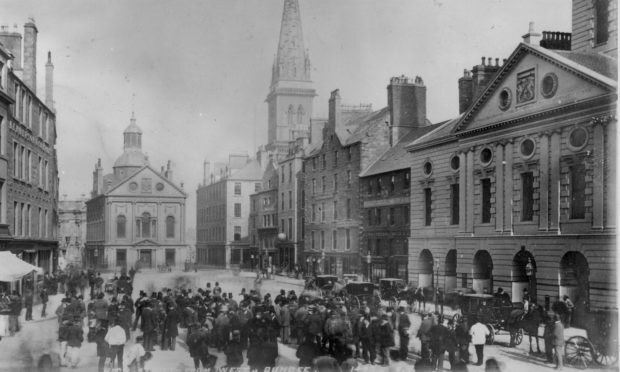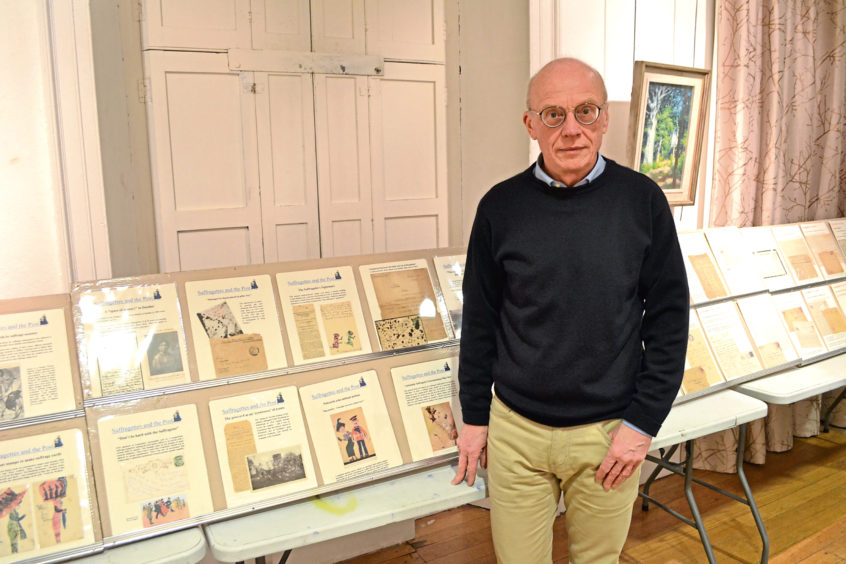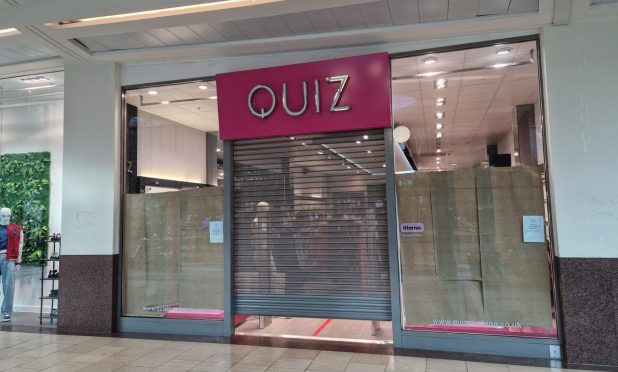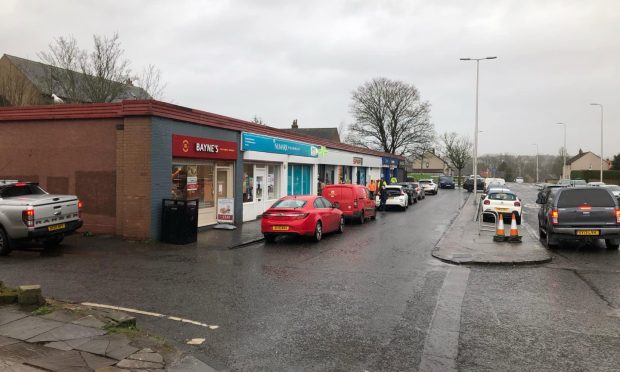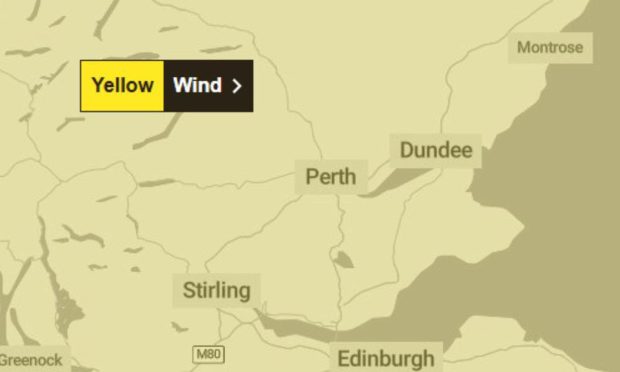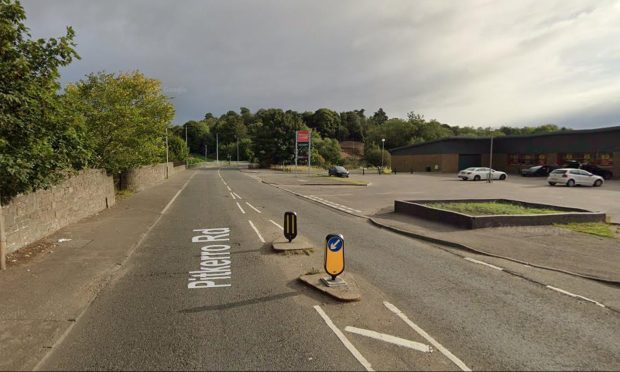A Dundee historian has spoken of “uncomfortable reading” while researching the city’s one-time linen industry for a history of Dundee.
Norman Watson said countless ships sailed directly from Dundee to the southern states of America and the Caribbean with huge cargoes of cheap linen clothing for slaves.
“By the 1820s Dundee had 30 mills spinning Baltic flax into linen and had overtaken Hull as Britain’s leading flax port,” Norman said.
“It was by no means the Juteopolis to come, but linen still employed 3,000 people in a population of 45,000, including 600 under 14 years of age and some as young as six or seven.
“The town produced coarse linen. In the early 1800s it exported sailcloth, bagging and cheaper shirting to frontier settlements in Canada and North America but, as markets changed, the trade moved south and to vastly increased cargoes to the slave plantations of the New World.
“Trading began with the ports of New York and Charleston, in South Carolina, and extended to the West Indies and South America.
“Vast quantities of Dundee’s linen was used to clothe slaves as manufacturers accessed the growing empire being carved out in the Americas.
“Ships began sailing directly to the slave capitals of Savannah, New Orleans, Mobile and Charleston, the major point of entry for Africans brought to America, with cargoes of cheap, coarse cloth to be stitched together in situ for the loose-fitting outer garments slaves used on plantations.
“Female slaves had dresses made from osnaburg, commonly called ‘Negro cloth’, which was the heavy coarse cotton made in Dundee and some other linen centres – and used in this country for sacking.
“Records of runaway slaves provide some of the most telling evidence of the imported linen products they wore.
“So, in the Virginia Gazette in the year 1775, for example, Adam, aged 23, ran away from Brandon Parish, Prince George County, while wearing ‘osnaburg shirt, Negro cotton jacket, old blue cloth breeches and cotton gambadoes’. When Stephen, aged about 21, escaped on New Year’s Day 1775, he wore an osnaburg shirt, and carried off two more osnaburg shirts.
“Worse, although Dundee Town Council had sanctioned the abolition of slavery in the 1780s, manufacturers had little enthusiasm for abolition and continued to exploit colonial slave markets until it was outlawed throughout the British Empire in 1833.
“Both the Dundee and Forfar Chambers of Commerce refused to support abolition, with the latter petitioning in 1823 that it supplied the West Indian planters ‘Osnaburghs for the whole of their negroes’ clothing’.
It can be concluded, added Dr Watson, the fortunes of Dundee’s linen lords, if not its jute barons, were partly constructed on profits from the slave trade.
“The niche for cheap slave clothing was central to Dundee’s economy. Emancipation would have threatened its manufacturing base. Faced by protest meetings, the publication of anti-slavery local pamphlets and the increase in the use of cotton in America’s southern states, Dundee turned to the sugar plantations of the Caribbean, exporting nearly four million yards to Jamaica, Haiti and San Domingo in the later 1820s.”
In 1829 alone, he said, 1,714,416 yards were shipped to Jamaica, 1,407,624 yards to Haiti and 326,010 yards to Brazil as the town continued to attract what a Dundee pamphlet of 1792 called, ‘the wealth derived from the horrible traffic’ which ‘spreads inconceivable anguish’.
“Custom House returns in 1832 show total linen exports from Dundee worth £600,000 – around £55 million today – mostly products from Baxter Brothers, the town’s pre-eminent linen manufacturer.
“Dundee was never a slave trading port like Bristol or Liverpool – and yet, for a time, it developed a virtual monopoly in the supply of cheap, low-grade slave clothing.”
